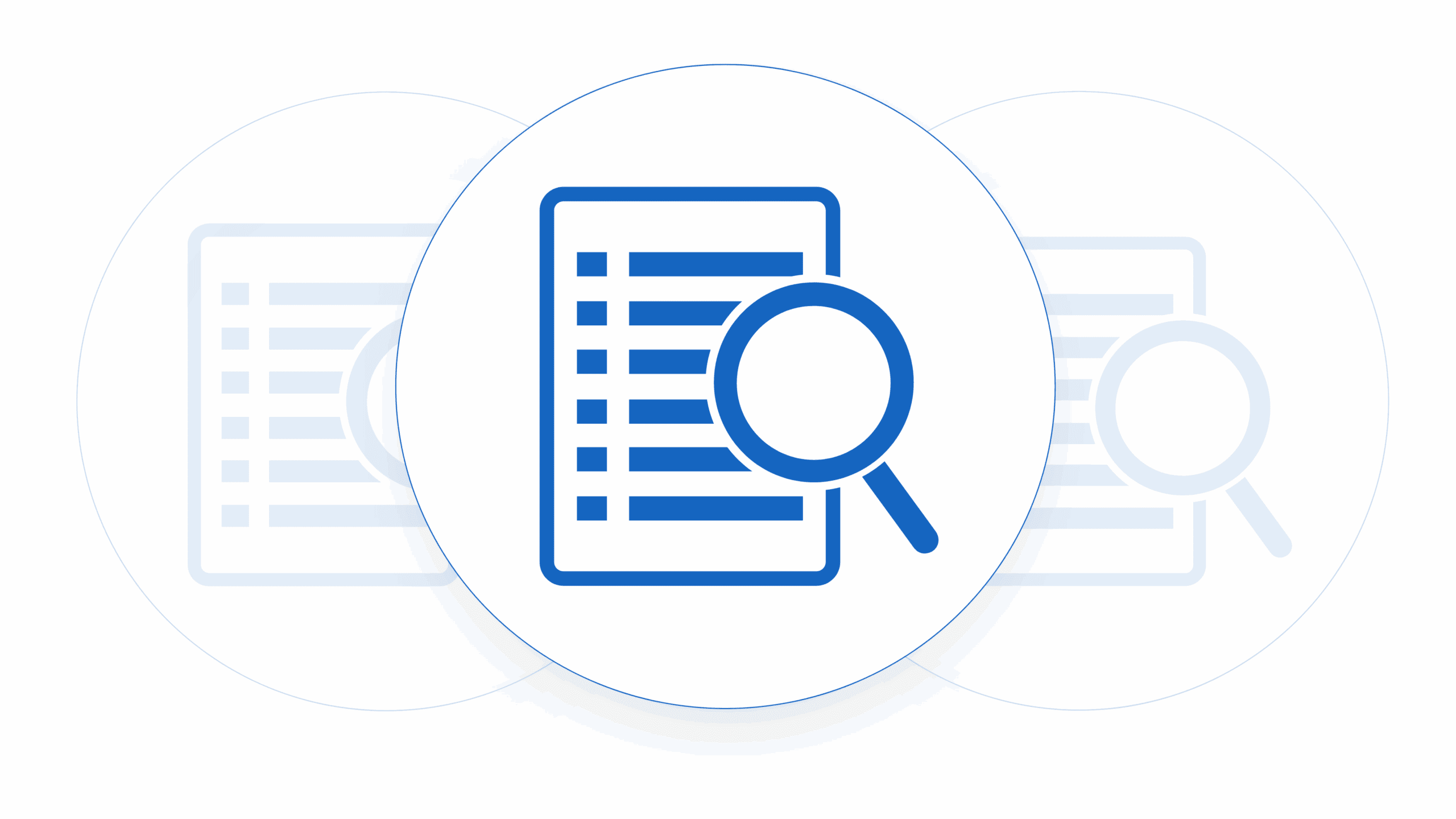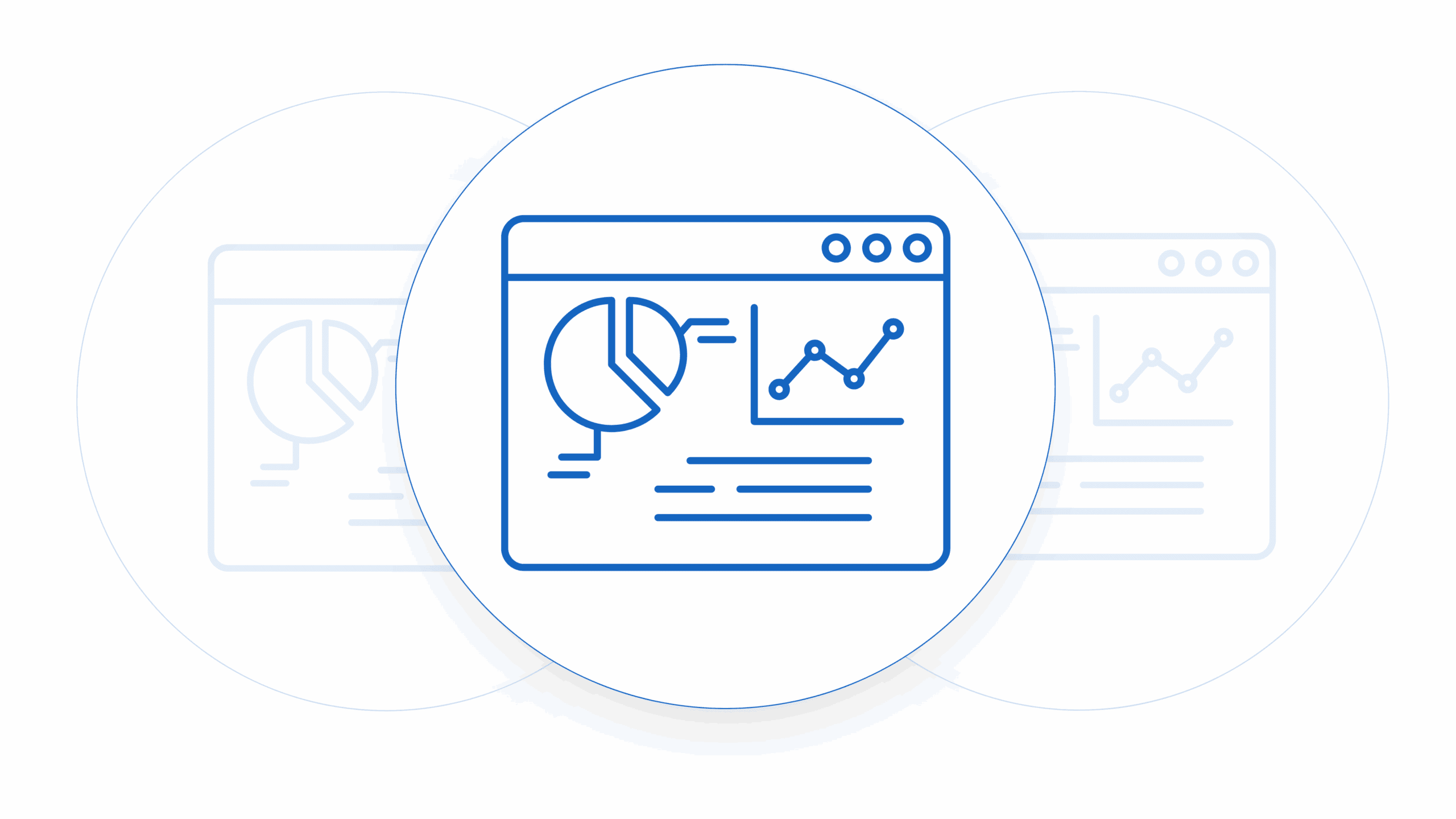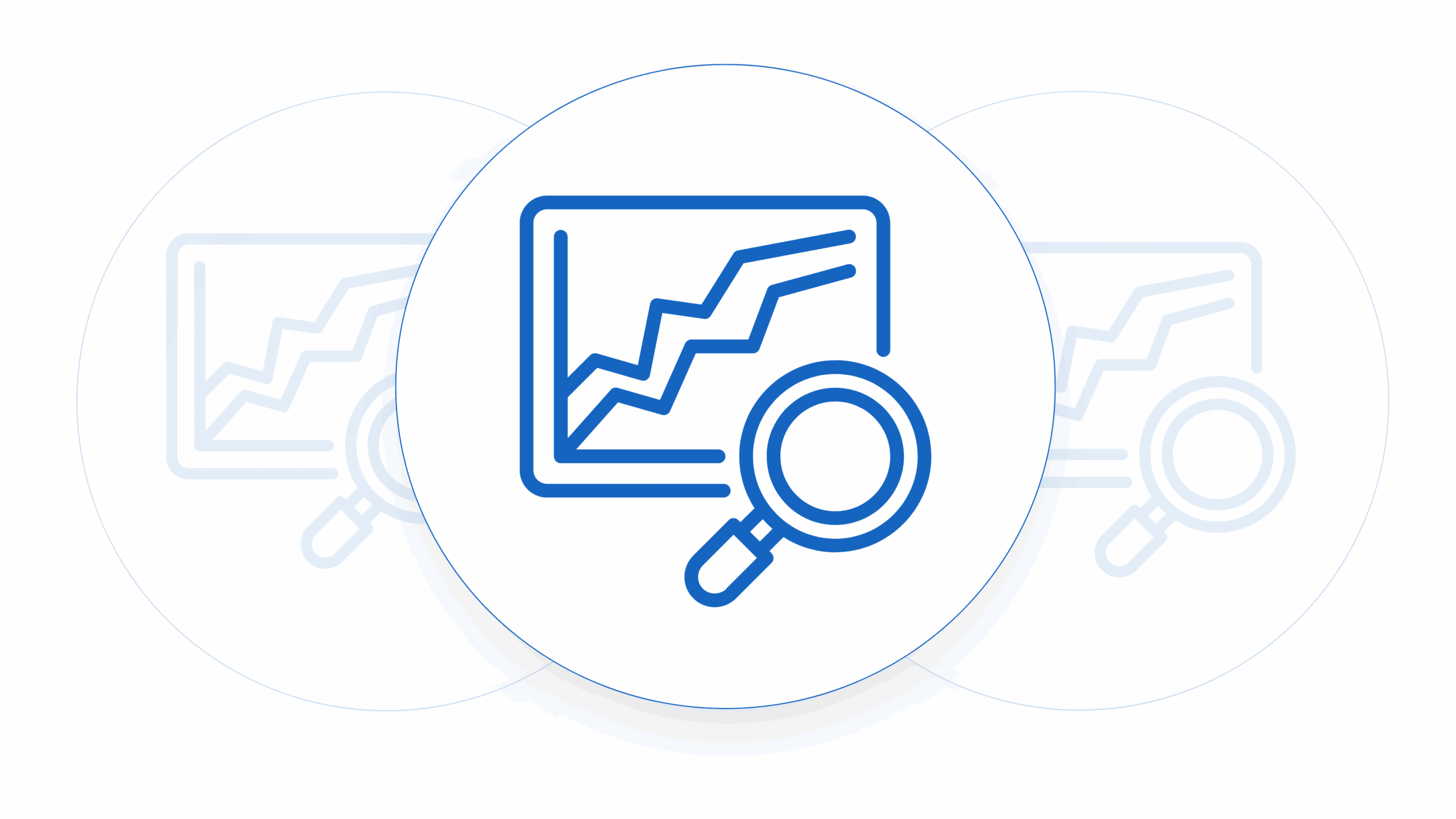Software as a Service (SaaS) has become increasingly popular in recent years due to its convenience and flexibility. However, when it comes to SaaS contracts, it’s important to be aware of the potential pitfalls that can arise. In this post, we’ll take a look at the top six mistakes made in SaaS contracts, and how you can avoid them.
Ignoring Service-Level Agreements (SLAs)
A Service-Level Agreement (SLA) is a contract that outlines the level of service a customer can expect from a SaaS provider. This includes things like uptime guarantees, response times, and support availability. SLAs are important because they provide a baseline for performance and ensure that the customer is getting what they pay for. This is one of the common mistakes made in SaaS contracting that will cost you money.
The mistake that many customers make is ignoring the SLA altogether. They assume that the service will work as advertised, and don’t bother to read the fine print. This can be a costly mistake, as SLAs can vary widely between providers. For example, one provider might offer a 99.9% uptime guarantee, while another might only offer 95%. By ignoring the SLA, you could end up with a service that doesn’t meet your expectations.
To avoid this mistake, it’s important to read the SLA carefully and make sure you understand what you’re getting. Look for guarantees around uptime, response times, and support availability. If the SLA doesn’t meet your needs, consider looking for a different provider.
Failing to Define IP Ownership and Access
Data is the lifeblood of any SaaS application. It’s what you use to run your business, and it’s what your provider uses to provide their service. However, many SaaS contracts fail to define data ownership and access, which can lead to problems down the line. It’s one of the mistakes made in SaaS contracting that can cause a lot of issues especially if you bring on funding.
For example, what happens if you decide to switch providers? Do you get to take your data with you, or does the provider retain ownership? What happens if the provider goes out of business? Will you still have access to your data?
To avoid these issues, it’s important to define data ownership and access in the contract. Make sure you understand who owns the data, and what rights you have to access it. If you’re not comfortable with the terms, consider negotiating for more favorable ones.













